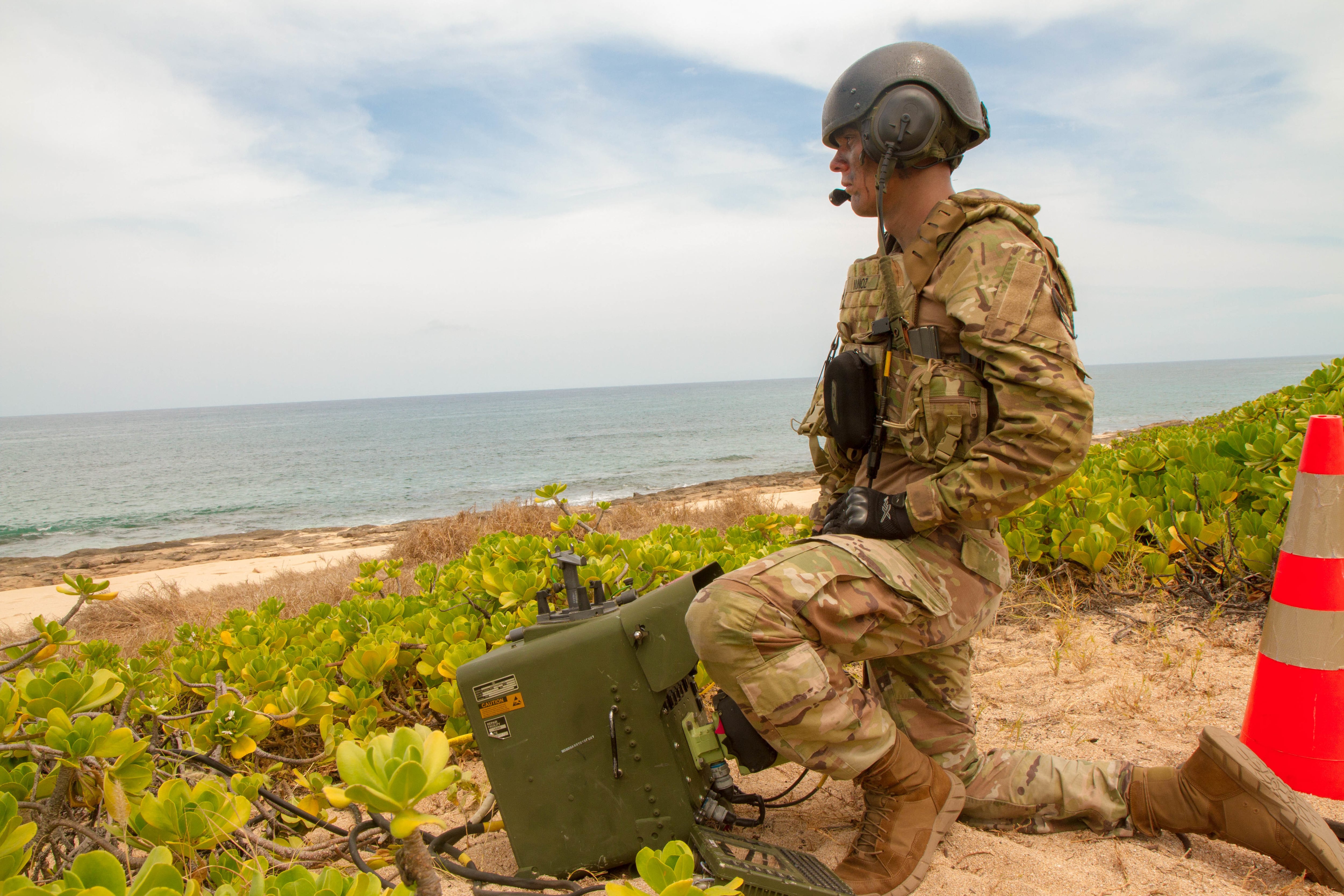WASHINGTON, D.C. – The first hurdle Secretary of the Army Ryan McCarthy has to clear when talking about his service in the Pacific is that there’s a bigger focus than the Korean Peninsula.
While that always tense situation will remain an Army priority, the force has more troops dedicated to the Indo-Pacific Command than any other, including Europe, McCarthy told an audience of more than 100 at the Brookings Institution Friday.
That’s all part of larger efforts to team with allies and partner militaries to better compete with China as the emerging strategic adversary in the region and elsewhere.
RELATED

That presence is needed to counter China’s influence, often coercive, in aligning economic aid with military access of other Pacific nations, McCarthy said.
“If we wait until there is a conflict, we are already too late,” McCarthy said. “We don’t need anymore gunfights. We don’t want anymore. But if they come, we’ll be ready."
The service already has 85,000 soldiers dedicated to INDOPACOM, Army Times reported in 2019. That includes: 12,800 in Alaska; 18,400 in Washington; 23,500 in Hawaii; 1,700 in Japan and 16,500 in South Korea.
But on top of that, last year the Army reallocated units in the United States not dedicated to the region to perform rotations in the area and has both expanded and lengthened those deployments.
The Pacific Pathways program has sent 900 to 1,100 soldiers to partner nations. That used to be fore just a few weeks, but the program is planned to grow to between 1,500 to 1,700 soldiers and stay longer. Last year, units spent three months in Thailand and four months in the Philippines.
The newest exercise, Defender Pacific, is even larger.
This annual exercise focused on either the South China Sea or East China sea will send 5,000 to 10,000 soldiers on short-notice exercises of as long as 45 days.
While the Air Force, Navy and Marine Corps will be clearing paths in the air and sea, the Army remains land focused but is using a new way to seize and exploit that terrain that leans a lot on partnership support and new ways of using technology and joint attacks.
“The Army is much more than tanks and Bradleys,” McCarthy said.
By next year the Army will deploy a Multi-Domain Task Force dedicated to the region, with another planned for INDOPACOM in 2022, McCarthy said.
Those MDTFs bring together network, long-range fires, electronic warfare and other assets to clear the area defenses that China has constructed to deny access to U.S. air and sea power.
The Pacific also features in how the Army is modernizing some of its equipment, especially what it wants from its next helicopter, the Future Long Range Assault Aircraft, designed to replace the Black Hawk.
The Army wants the aircraft to be able to conduct a “self-deployment mission,” which means flying a stripped-down version to another location without being flown or floated by plane or ship.
Army official documents have noted the self-deployment mission “represents the standard long- range overwater planning for the longest segment of the shortest possible route across the Pacific Ocean, which is from Earekcson, (Alaska) to Chitose, Japan.”
So, it must be able to fly at least 1,725 nautical miles on its own.
Todd South has written about crime, courts, government and the military for multiple publications since 2004 and was named a 2014 Pulitzer finalist for a co-written project on witness intimidation. Todd is a Marine veteran of the Iraq War.





